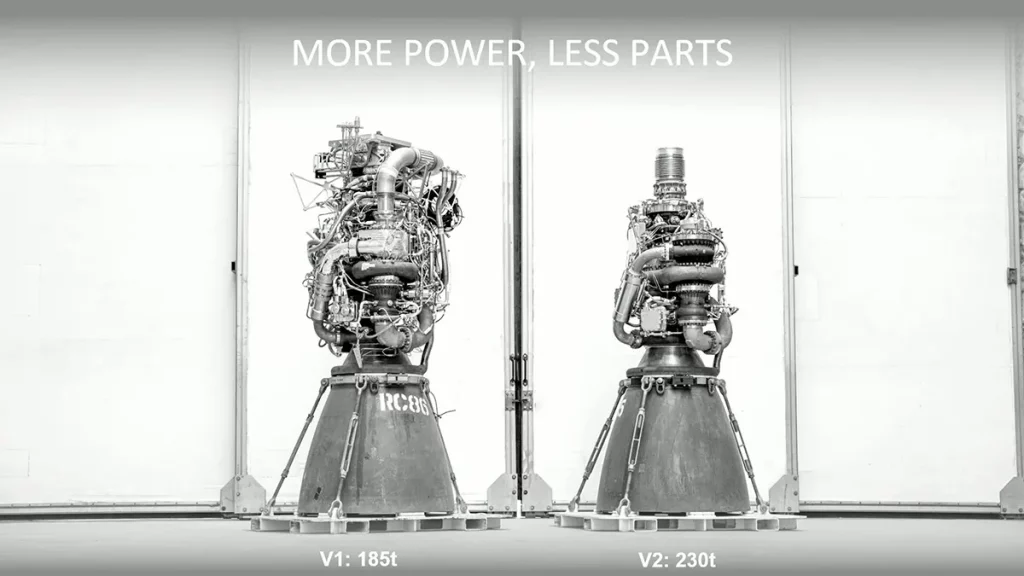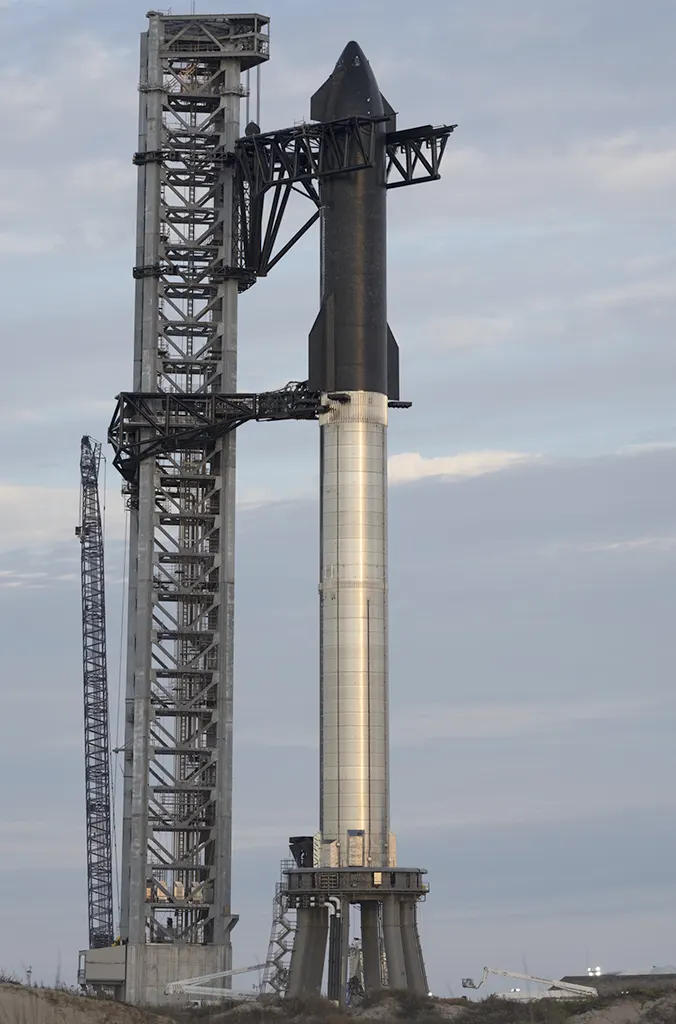SpaceX has been preparing for the first Starship orbital flight test since the last year. But this experiment is getting delayed due to one reason or another as time elapsed.
Initially, SpaceX wanted to perform the first Starship orbital flight experiment with the more stable and tested SN20 prototype (aka Ship 20).
Talking to SpaceX fans on Twitter earlier this week, Elon Musk confirmed that the first orbital flight will not be conducted on the SN20 prototype anymore. A prototype will be used from the existing SN21 or SN22 or a new one will be built for the purpose.
From Elon Musk’s answer to the question, it seems like even the Booster 4 rocket prototype will also be eliminated from the first orbital flight test.
Elon Musk also announced that the first Starship orbital flight test is now going to possibly happen in May. This delay is also due to the production of Raptor V2.0 rocket engines.
Last year Elon Musk was hopeful of performing the first orbital flight with the 1st generation of Raptor engines. But now SpaceX is going to do conduct this test using the 2nd generation Raptor 2 engines.
First Starship orbital flight will be with Raptor 2 engines, as they are much more capable & reliable. 230 ton or ~500k lb thrust at sea level. We’ll have 39 flightworthy engines built by next month, then another month to integrate, so hopefully May for orbital flight test.
Elon Musk on Twitter.

A NASA document from last year suggested that the first Starship orbital flight test is going to happen in March 2022. But this also did not come to fruition as Elon Musk and SpaceX decided to do it with the Raptor 2 engines, not the 1st generation ones.
Raptor V2 engine design is much simpler but more powerful compared to its previous generation V1. Raptor V1 engine produces 185 tons thrust while V2 produces 230 tons of thrust at sea level. The reason SpaceX chose Raptor V2 over V1 for the orbital flight test.

SN20 has been stacked on the Super Heavy rocket booster multiple times by now. SpaceX stacked Starship SN20 onto Super Heavey Booster 4 last week for the last time yet (pictured above). Now, it has been de-stacked again.
SpaceX also performed a cryogenic proof test on Starship 20 last week. This was the first cryo-proof test on a Starship prototype while it was fully stacked (video below).
The fully stacked Starship at the Starbase launch site also went through a propellant load test. These tests are giving SpaceX the necessary experience and observations for the ultimate Starship launch into space.
FAA Approval Delays
The Federal Aviation Administration (FAA) has once again extended the environmental review date of an orbital flight from Starbase Boca Chica, Texas to April 29, 2022, Reuters reports.
FFA’s announcement came on Friday after days of Elon Musk announcing a possibility of an orbital flight in May. This extension of the review and approval process can further delay the Starship orbital launch test.
Back in September last year, the FAA asked the general public to vote in support or against an orbital launch from Boca Chica.
It has been around 5 months since the FAA released the Draft Programmatic Environmental Assessment (PDF) for the Starship/Super Heavy orbital flight test but extensions in the review process have stopped SpaceX from performing an orbital launch.
Stay tuned for future updates on Starship and SpaceX, Follow us on:
Google News | X (Twitter) | Flipboard | WhatsApp Channel | RSS (Feedly).



I have doubts about Super Heavy ever leaving ground; hence it’d cocooned for newer variant all of it is buying time when it should remain grounded…
While this article appears to provide a lot of data, it is absent of the main data point keeping Starship from its 1st launch. Namely the EPA. Every month since December the EPA has extended the review. I expect the delays to continue until Artemis launches which by Boeing’s track record may be never.
SpaceX is not Boeing.
true
Why don’t they just launch it without EPA/FAA approval and deal with the fallout later?
All those engines, so many things can go wrong. Welcome to N1 rocket version2.